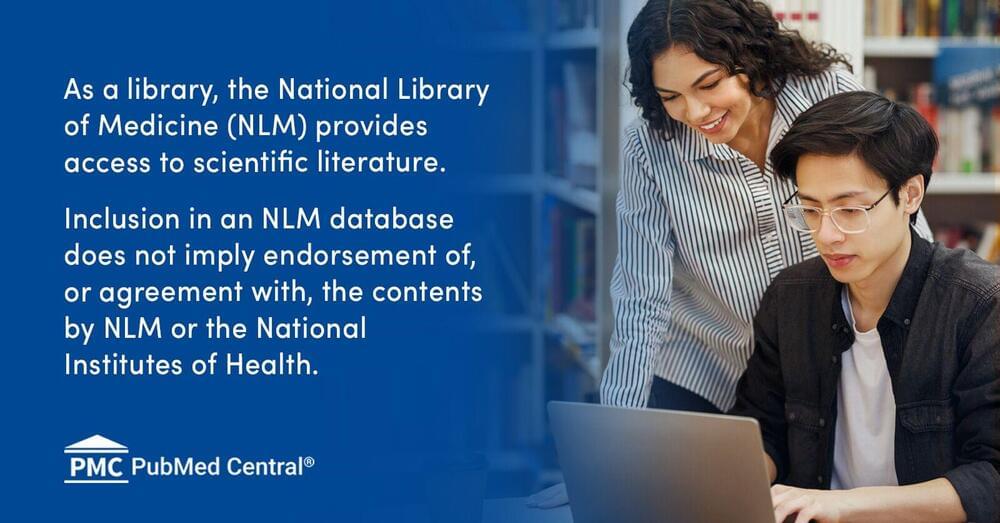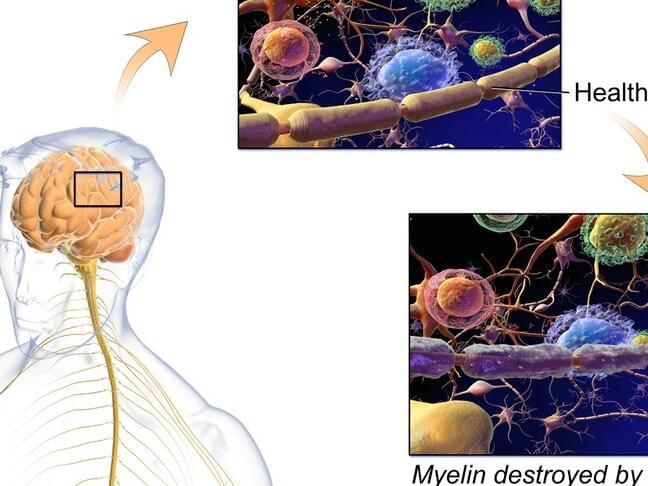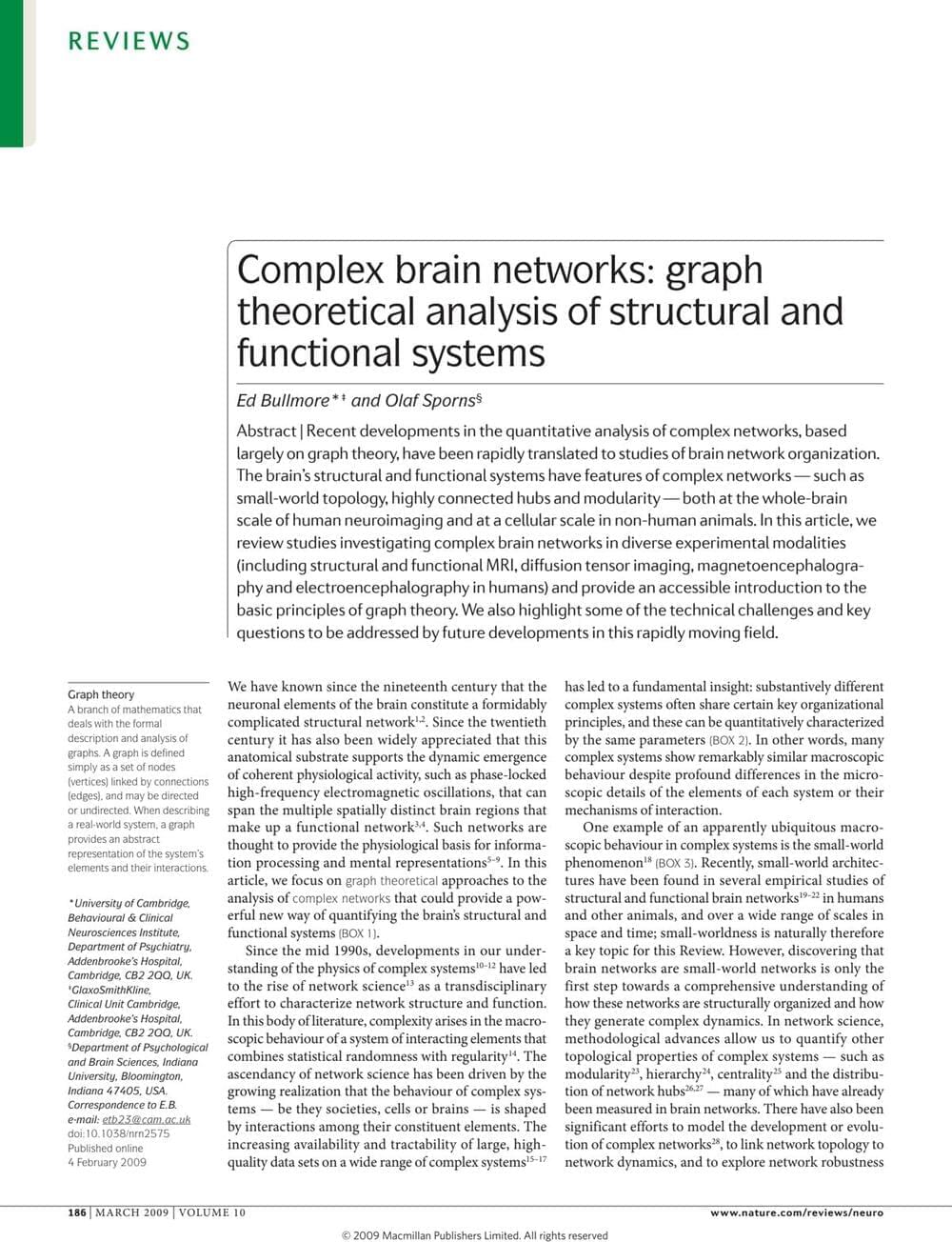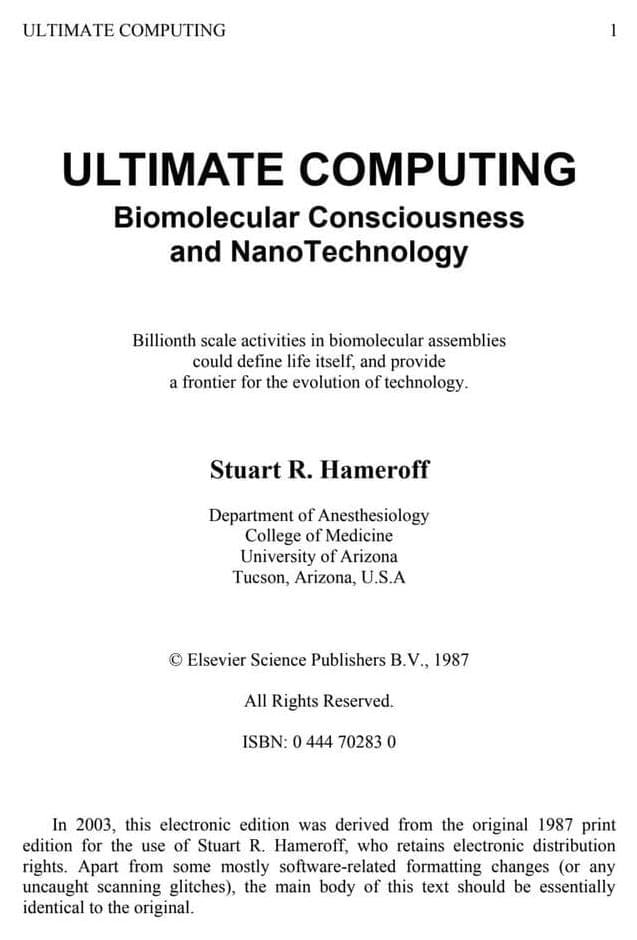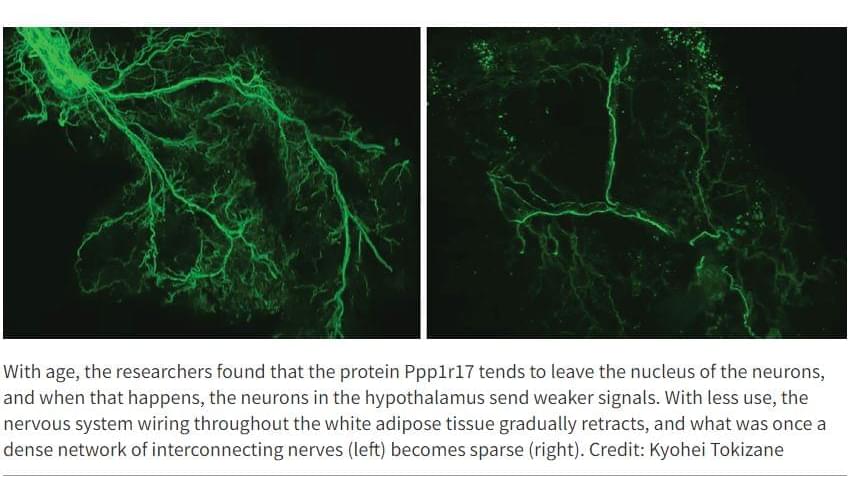It has been known for more than century that increases in neural activity in the brain drive changes in local blood flow, known as neurovascular coupling. The colloquial explanation for these increases in blood flow (referred to as functional hyperemia) in the brain is that they serve to supply the needs of metabolically active neurons. However, there is an large body of evidence that is inconsistent with this idea. In most cases, baseline blood flow is adequate to supply even elevated neural activity. Neurovascular coupling is irregular, absent, or inverted in many brain regions, behavioral states, and conditions. Increases in respiration can generate increases in brain oxygenation independently of flow changes. Simulations have shown that areas with low blood flow are inescapable and cannot be removed by functional hyperemia given the architecture of the cerebral vasculature. What physiological purpose might neurovascular coupling serve? Here, we discuss potential alternative functions of neurovascular coupling. It may serve supply oxygen for neuromodulator synthesis, to regulate cerebral temperature, signal to neurons, stabilize and optimize the cerebral vascular structure, deal with the non-Newtonian nature of blood, or drive the production and circulation of cerebrospinal fluid around and through the brain via arterial dilations. Understanding the ‘why’ of neurovascular coupling is an important goal that give insight into the pathologies caused by cerebrovascular disfunction.
Like all energy demanding organs, the brain is highly vascularized. When presented with a sensory stimulus or cognitive task, increases in neural activity in many brain regions are accompanied by local dilation of arterioles and other microvessels, increasing local blood flow, volume and oxygenation. The increase in blood flow in response to increased neural activity (known as functional hyperemia) is controlled by a multitude of different signaling pathways via neurovascular coupling (reviewed in [1,2]). These vascular changes can be monitored non-invasively in humans and other species, with techniques (like BOLD fMRI) that are cornerstones in modern neuroscience [3,4]. Chronic disruptions of neurovascular coupling have adverse health effects on the brain. Stress affects neurovascular coupling [5,6], and many neurodegenerative diseases are marked by vascular dysfunction [7].
